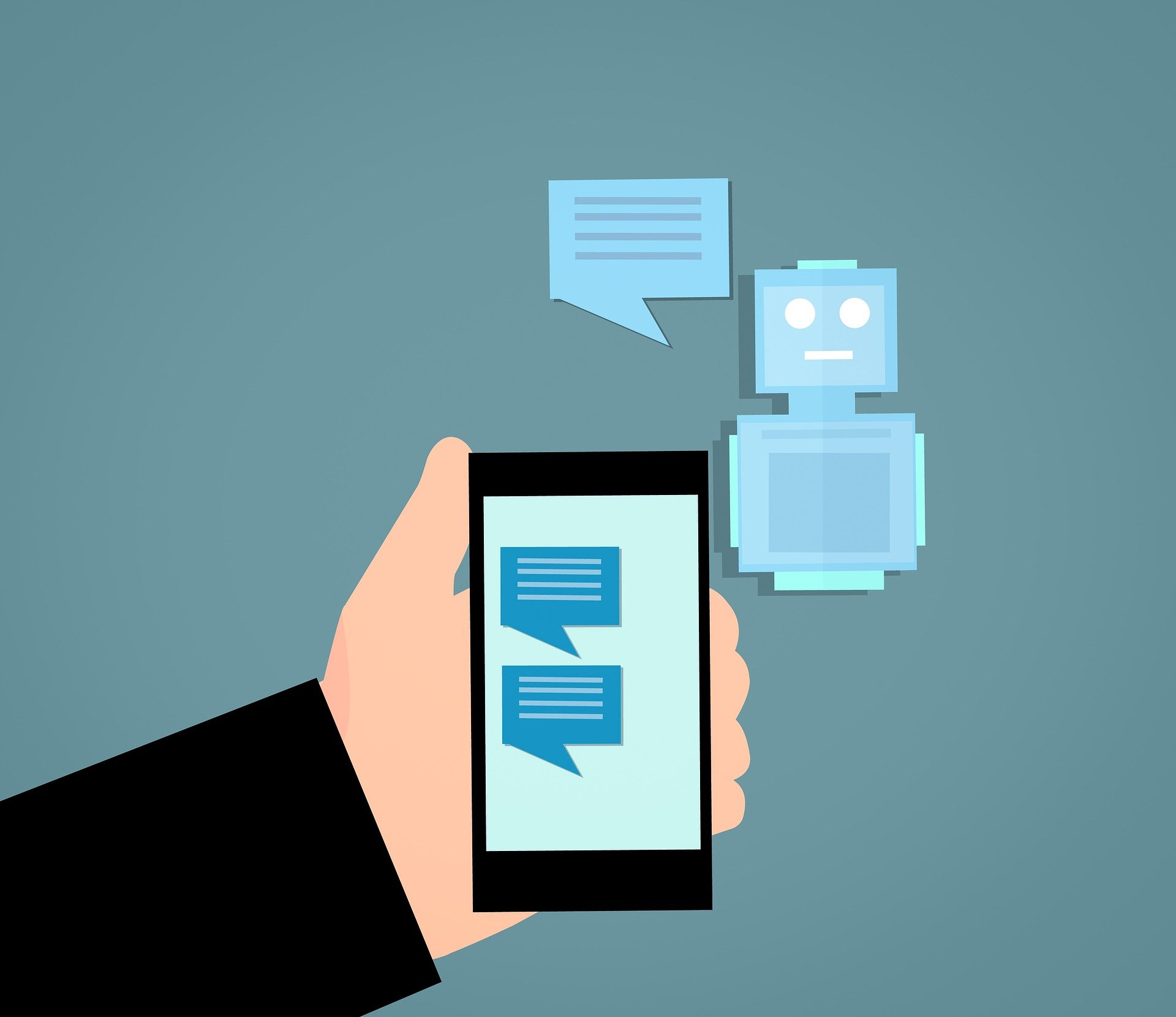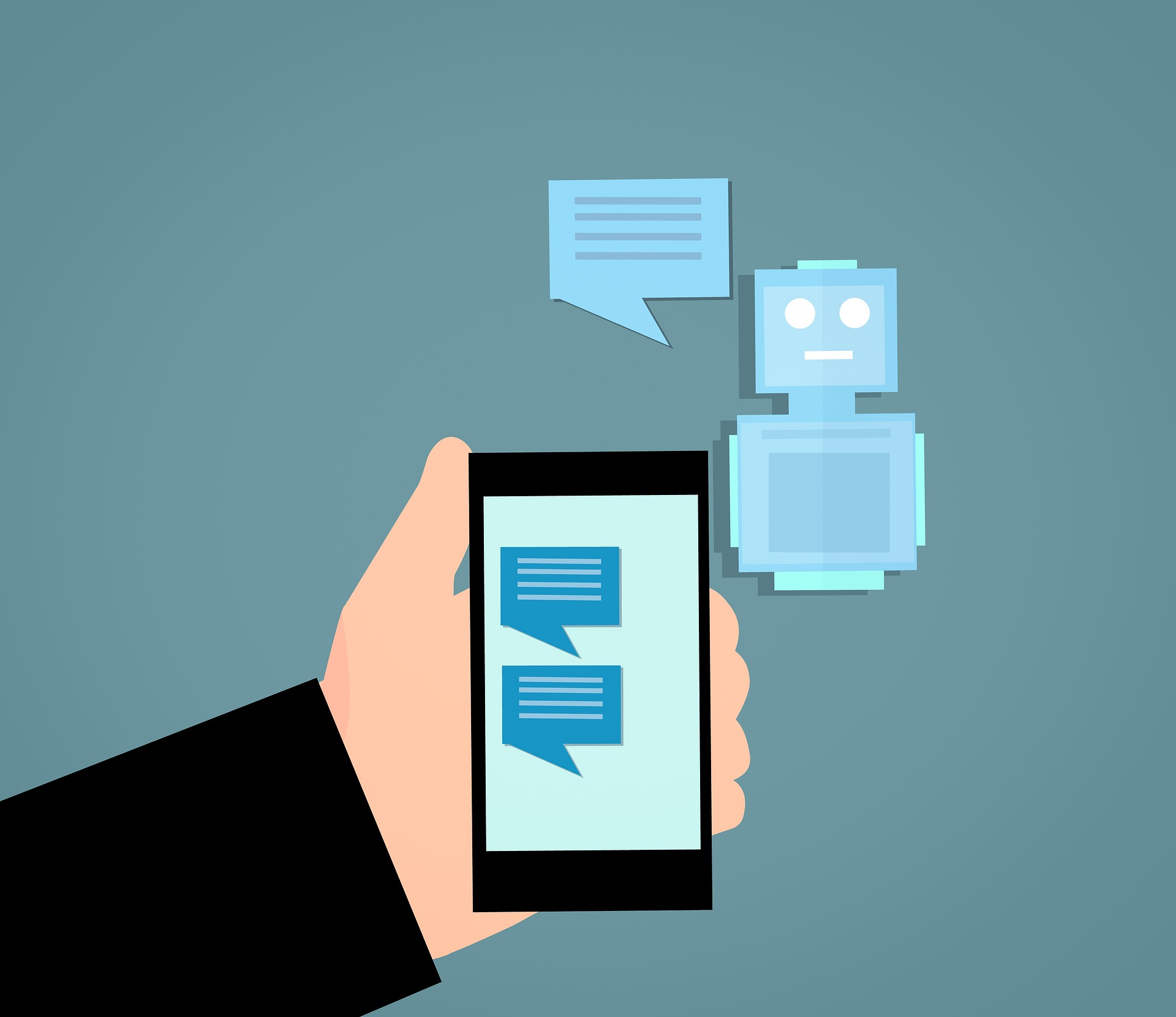
 Chatbots are an AI-controlled program that is designed to simulate human conversations by engaging in a typical chat flow. Users are able to interact with a Chatbot and receive immediate feedback through voice or text interactions with the program. Chatbots are used by many companies to quickly interact with their customers and help provide the user with information in a quick and effective manner.
Chatbots are an AI-controlled program that is designed to simulate human conversations by engaging in a typical chat flow. Users are able to interact with a Chatbot and receive immediate feedback through voice or text interactions with the program. Chatbots are used by many companies to quickly interact with their customers and help provide the user with information in a quick and effective manner.
In the past, we have explored four key UX best practices for designing chatbots. In order to further assist brands with building their own enterprise Chatbots, Key Lime has decided to provide a synthetic view of the things that you should consider and the pitfalls that you should avoid when building a chatbot.
Do’s of Enterprise Chatbot Building
-
Be conversational.
Chatbots represent an opportunity to give a voice to your brand. The most successful Chatbots approach the users as they are chatting with a friend. Bots that sounds like robots are boring and don’t engage with users. A strong chatbot should be able to understand small talk and common slang phrases that are part of the lexicon
-
Manage Expectations.
Set your users ‘expectations at the beginning of each conversation so that they know they are talking with a chatbot and not a human. If your chatbot isn't leaning on cutting-edge technology, you may want to set the record straight so that expectations don't get set too high.
-
Leverage Artificial Intelligence and Deep Learning.
For the bot to show flexibility and be dynamic in its interactions, machine learning is key, so the chatbot’s algorithm is being educated to respond correctly over time. -
Build Trust.
For people to feel comfortable, they want to gain a sense of empathy when relating to the chatbot. One of the main goals of your chatbot should be to build trust.Building trust could be as simple as opening with an initial message that outlines the security measures in place to protect the conversation, as well as providing the users with options to delete their data and chat logs at any time.
-
Enhance the experience.
The goal of the chatbot is to improve the overall customer experience. If your customers are using the Chatbot to buy groceries, the chatbot should be able to anticipate the ingredients or product that they are buying and come up with additional suggestions (possibly based on the past purchases).
-
Promote your bot.
It’s key to consistently promote your bot to maintain an active user base, especially for bots that require users to initiate conversations. There are multiple routes for bot promotion, including both organic and paid posts on Facebook and on-site promotion in individual articles, but it is critical to making sure that your users know that the chatbot is there.
Don’ts of Enterprise Chatbot Building
-
Don’t think your bot won’t break.
People enjoy trying to break bots. It’s impossible to craft responses for every user input. Be prepared with a few conversational error messages when the users input a message the chatbot doesn’t have a response for.
-
Avoid repeating the same interaction.
In order to create a fun experience that users return to and to avoid repetition, it’s important to create multiple versions of the same response for the same user flow in order to add variety to the overall user experience.
-
Keep monitoring the bots.
The industry is still figuring out what works and what doesn’t when is about Chatbots. A great bot experience involves consistent monitoring and iteration in order to make sure it is constantly being improved to better meet users needs. -
Don’t add too many functions.
Giving a Chatbot too many functions can make it expensive and increases the chances of bugs disrupting its performance. Keep it simple and direct.
-
Make Your Chatbot Human, but not Too Human.
We mentioned how the chatbots should engage in human-like conversation. Nonetheless, it needs to stay on point and be relevant. The users want their question answered and the goal is to offer a response.
-
Don’t spam users.
When a bot sends too many messages or goes overboard with marketing, it elevates the chances of the chatbot getting blocked or banned. A bot should not spam too much and only respond to any user with the required amount of knowledge.
-
Don't overwhelm users with irrelevant Information.
Showcasing the intelligence and speed of the Chatbot is important, but you don’t want to overwhelm your customers with information irrelevant to their request. It’s important to keep the responses to user queries specific and ensure that the response satisfies the user's response.
When designing an enterprise chatbot, these are some important do’s and don’ts to consider to ensure your chatbot is effective and useful to the users. More and more users are beginning to rely on chatbots as opposed to other forms of interaction, and as a result, there are going to keep being more developments on what makes a successful chatbot. Make sure to subscribe to our newsletter keep up with our blog to help stay on top of learning about usability trends and developments.
READ MORE: The Role of UX in Conversational AI, Designing a Conversational UI Experience: Conversation Basics, “Voice First” AI, Why Conversational UI is So Successful










Comments
Add Comment